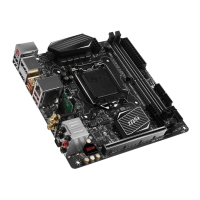
Do you have a question about the MSI Z270I GAMING PRO CARBON AC and is the answer not in the manual?
| Brand | MSI |
|---|---|
| Model | Z270I GAMING PRO CARBON AC |
| Category | Motherboard |
| Language | English |
Lists essential tools and components needed for motherboard installation and setup.
Details about supported CPUs, socket, and the Intel Z270 chipset.
Specifications for DDR4 memory, PCIe slots, and onboard graphics outputs.
Information on SATA ports, M.2 slots, NVMe support, and RAID configurations.
Details on USB ports, audio codec, Gigabit LAN, Wi-Fi, and Bluetooth.
Listing all connectors and ports on the motherboard's rear I/O and internal headers.
Further details on internal connectors and the I/O controller chip.
Information on motherboard form factor, BIOS features, and included software.
Explains LAN port LED indicators and how to configure audio port connections.
Details on selecting audio sources, enhancing sound, controlling volume, and managing settings.
Identifies components and connectors on the top and bottom sides of the motherboard.
Details on CPU and system fan connectors, power connectors, and the CPU socket.
Information on DIMM slots, M.2 slots, and PCIe expansion slots.
Details on front panel headers, USB connectors, and audio connectors.
Information on RGB LED, TPM, Chassis Intrusion connectors, and Clear CMOS jumper.
Details on connecting SATA devices to the motherboard's SATA ports.
Instructions for connecting front panel switches and LEDs to the motherboard.
Guide for connecting USB 2.0 ports from the front panel to the motherboard.
Guide for connecting USB 3.1 Gen1 ports from the front panel to the motherboard.
Instructions on changing fan control modes (PWM/DC) and adjusting fan speed.
Details on connecting front panel audio jacks to the motherboard.
Instructions for connecting the chassis intrusion switch cable.
Information on the TPM module connector and its purpose.
Guide to resetting BIOS settings using the Clear CMOS jumper.
Explains the EZ Debug LEDs for component status during boot.
Information on DIMM LEDs indicating memory installation and PCIe slot status LEDs.
Steps and methods to access the BIOS/UEFI setup utility.
Explains the function of various keys used within the BIOS setup interface.
Methods to restore BIOS to default settings, including jumper and F6 key.
Procedures for updating the motherboard BIOS using USB flash drive or software.
Overview of the EZ Mode interface, including Game Boost, XMP, and system information.
Explains information display, function buttons, M-Flash, Hardware Monitor, and Favorites management.
Overview of Advanced Mode interface and primary BIOS menu options.
Details on SETTINGS, OC, M-FLASH, OC PROFILE, HARDWARE MONITOR, and BOARD EXPLORER.
Configuration of system date, time, and SATA/M.2 device information.
Details on PCI subsystem settings, system information, and DMI information.
Configuration of onboard LAN, network stack, and PXE support.
Settings for USB controllers, XHCI hand-off, and legacy USB support.
Configuration of EuP 2013, AC power loss behavior, and power fault protection.
Configuration of administrator/user passwords, password clearing, and TPM security.
Configuration of OC explore mode and CPU ratio settings for overclocking.
Details on CPU specifications, technology support, and virtualization features.
Monitoring system temperatures, fan speeds, voltages, and fan control settings.
Instructions for installing Windows OS, motherboard drivers, and system utilities.
Managing profiles, adjusting CPU frequency, and controlling system settings via software.
Advanced settings for voltage, fan control, DRAM parameters, and system sensors.
Setting options for recording, warnings, mobile control, and real-time monitoring.
Setting warnings, enabling mobile control, and using gadget mode for system monitoring.
Using Live Update 6 to scan, download, and install drivers, BIOS, and utilities.
Overview of GAMING APP features, control modes, and function buttons.
Setting up remote control and using gaming function buttons.
Instructions for creating, configuring, backing up, and managing RAM disks.
Managing network traffic, prioritizing applications, and improving ping.
Configuring internet upload/download bandwidth and testing network speed.
Details on audio effects like Bass Boost, Virtual Surround, and audio profiles.
Outlines system requirements, software specs, and account registration for XSplit Gamecaster.
Introduction to Intel XTU for system tuning, testing, and monitoring.
Details on tuning controls, system tables, graphs, and monitors for overclocking.
Explains RAID levels and how to access the Intel Rapid Storage Technology Option ROM.
Solutions for power, no signal, boot failure, and lost BIOS password issues.
Solutions for audio, network connectivity, and USB device detection problems.
Compliance statements for FCC, CE, C-Tick, battery, chemical, and wireless radio regulations.
Copyright information, technical support resources, and trademark acknowledgments.

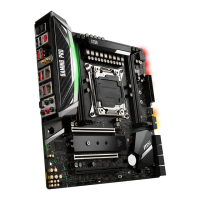

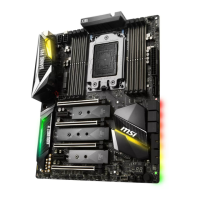

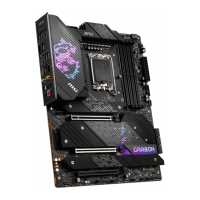
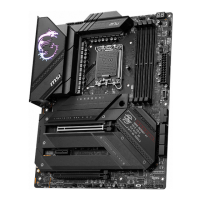
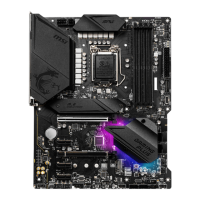
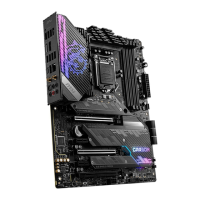
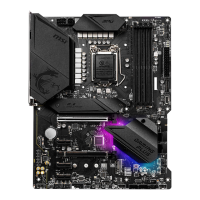
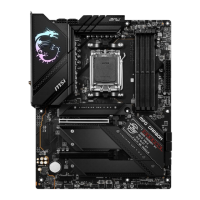
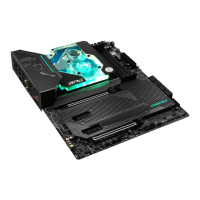
